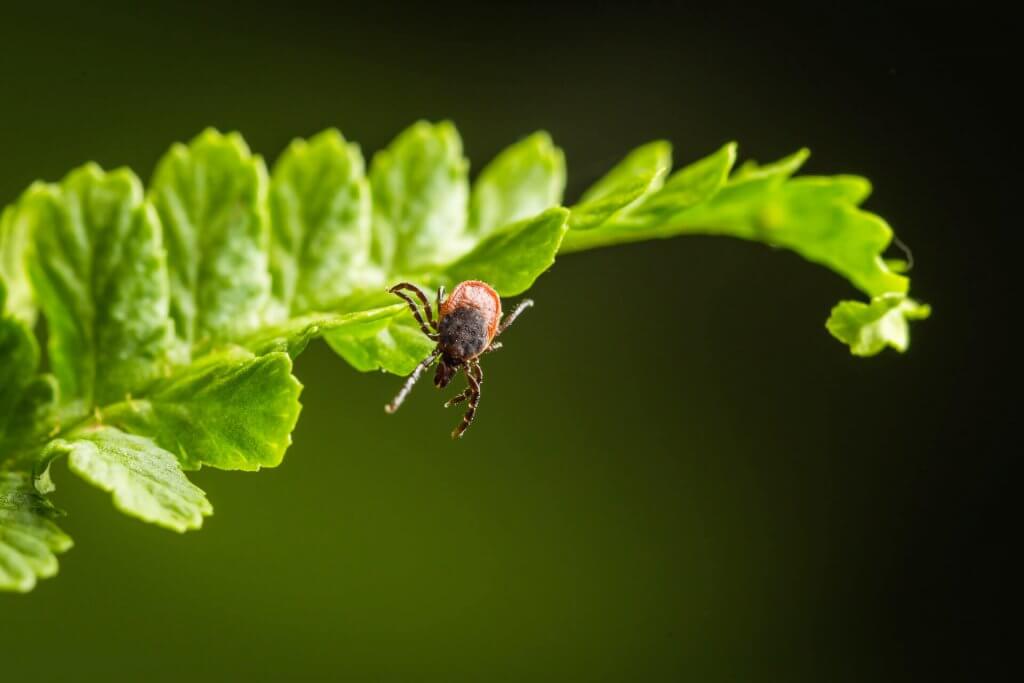Roaming the great outdoors is enriching and provides great exercise for your cat. But ticks – those tiny blood-sucking pests – can transmit disease to pets and their humans. Find out the best options for tick prevention and avoid cat tick bites.
Table of contents
- What are ticks and what do they look like?
- How do cats get ticks?
- What do ticks look like on cats?
- What are the different types of ticks?
- Symptoms of ticks on cats
- What diseases can cats get from tick bites?
- How to check for ticks on cats
- What to do if you find a tick on your cat?
- If the tick is NOT attached to the skin
- If the tick is attached to the skin
- How to remove a tick from a cat
- How to prevent ticks on cats
- Keep your cat indoors
- Track your outdoor cat
- Brush regularly
- Spot-on treatments
- Tick collars
- Oral medications
- Tick shampoos
- Tick powders
- Tick sprays
- Talk to your vet
- Extra tip: Treat the house and lawn
What are ticks and what do they look like?
Ticks have eight legs, are related to spiders, and belong to the group called arachnids. Ticks are oval-shaped, and they can be as small as a poppy seed.

These creatures feed on the blood of the animal they have landed on by embedding their mouthparts in the host’s skin. A tick may remain attached to the host for several days, ingesting blood and swelling to about the size of a small pea, then dropping off.
While attached to the host, microbes within the tick can be transferred into the bloodstream of the host. Some of these microbes can cause disease.
How do cats get ticks?
If your cat spends any time outdoors, they may encounter ticks. Ticks live in wooded or grassy areas such as forests, fields, and meadows. Ticks can’t fly or jump. Instead, they sit on the tips of grasses and plants and wait for an animal (such as your cat) to pass by. As your cat brushes against the vegetation, the tick grabs onto your cat’s fur and climbs on. The tick then makes its way toward the skin, where it attaches to the cat by biting the skin.
Ticks can also get onto your cat from another animal that they encounter when they are roaming outside.
If you walk outdoors a lot, check yourself for ticks on returning home – you could pass the tick onto your cat.





